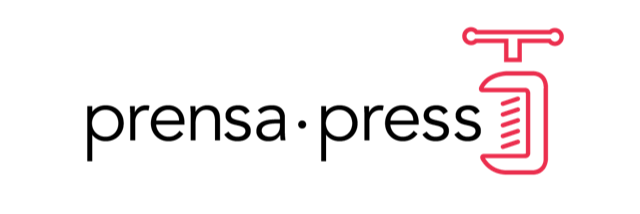Offset printing, also known as lithography, is commonly used for high volume, large print runs. For print runs smaller than 500 copies, digital printing is usually more cost-effective.
Offset printing is the evolution that allows thousands or even tens of thousands of newspapers, magazines and books to print rapidly and cost-effectively. If you’ve even been inside a book store (we hope you have!) there’s a good chance 99% of the books that line the shelves were printed via offset printing.
So why do printers and publishers most often choose offset? There are many reasons, but the biggest comes down to cost, quality and speed.
That doesn’t mean digital printing is never an option. Digital printing still holds an important place in the world of publishing.
We’re here to break down the two most common forms of printing, digital and offset, so you feel comfortable with both the terminology and technology when deciding on your next print run.
What is offset printing?
An offset printer is the big boy in the room that requires serious machinery and technology but can pump out thousands of copies of high-quality pages. If you’ve ever seen a journalism movie that shows
The technology that offset printing uses is based on printing plates. First, printers burn an image or design (often a combination of the two) onto these metal plates. Next, those plates are transferred to a cylinder which the large sheets of paper roll through and transfer the ink onto.
The process works much like a stamp, allowing for high-quality color and an extremely consistent printing process.

Four colors are typically used in offset printing jobs, cyan, magenta, yellow and black. You may have seen the abbreviation CMYK. That is referring to these colors. Offset printing can also be done with one ink color for black and white (with grey gradient) text and graphics/photos.
Offset printers print in true color and produce rich, clear prints. This type of printing benefits books that involve photography especially.
When you should choose offset over digital
One of the biggest costs in offset printing is the production of the plates that feature the images (pages) of the book.
Because of this, the upfront cost of offset printing can be high. But, when printing 500 or more copies, the cost-per-book reduces drastically.
We have found that typically the minimum number of copies needed to make a project economically feasible is 500 copies. Offset printing is even more desirable when printing 1,000 or more copies. The reality is that paper and ink costs are relatively inexpensive compared to the initial setup of printing plates.
One of the biggest areas of concern with offset printing is the possibility of an error or typo. Because of the high cost of fixing the metal plates, any change made after they have been set will be a significant extra cost. This can obviously be avoided by being extra careful during prepress and edition processes.
What is digital printing and when should you choose it?
You are already familiar with digital printing if you have a printer at home or work in an office with a big clunker in the corner.
Digital printing promised a revolution when it came to the scene, allowing regular people to print in relatively large volumes at home or anywhere else.
Gone was the need for bulky machinery. Digital printing aimed to simplify the process by doing away with proofs, printing plates, rubber beds and the multi-step process of offset printing.
Digital printing instead uses toner or liquid ink to print directly onto the pages. There is no middle step of transferring the image to a plate and then to the paper.
Digital printing is best used for projects of less than 500 copies. This is because it doesn’t require the costly process of printing onto plates, but overall it can be more expensive to print each individual page.
Setup costs are low, and print jobs for small projects can be done relatively quickly.
When individual information is needed on each separate copy such as an address or name, digital is also best.

